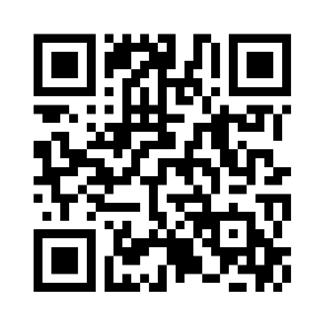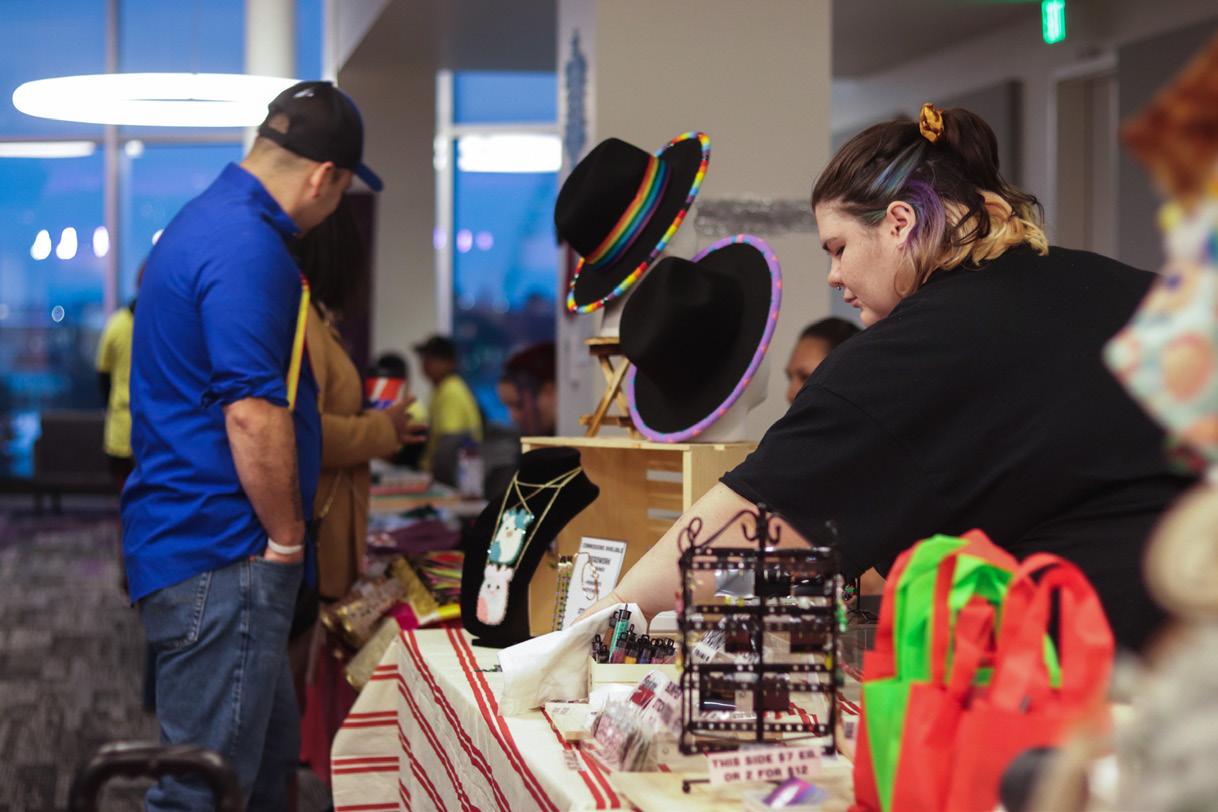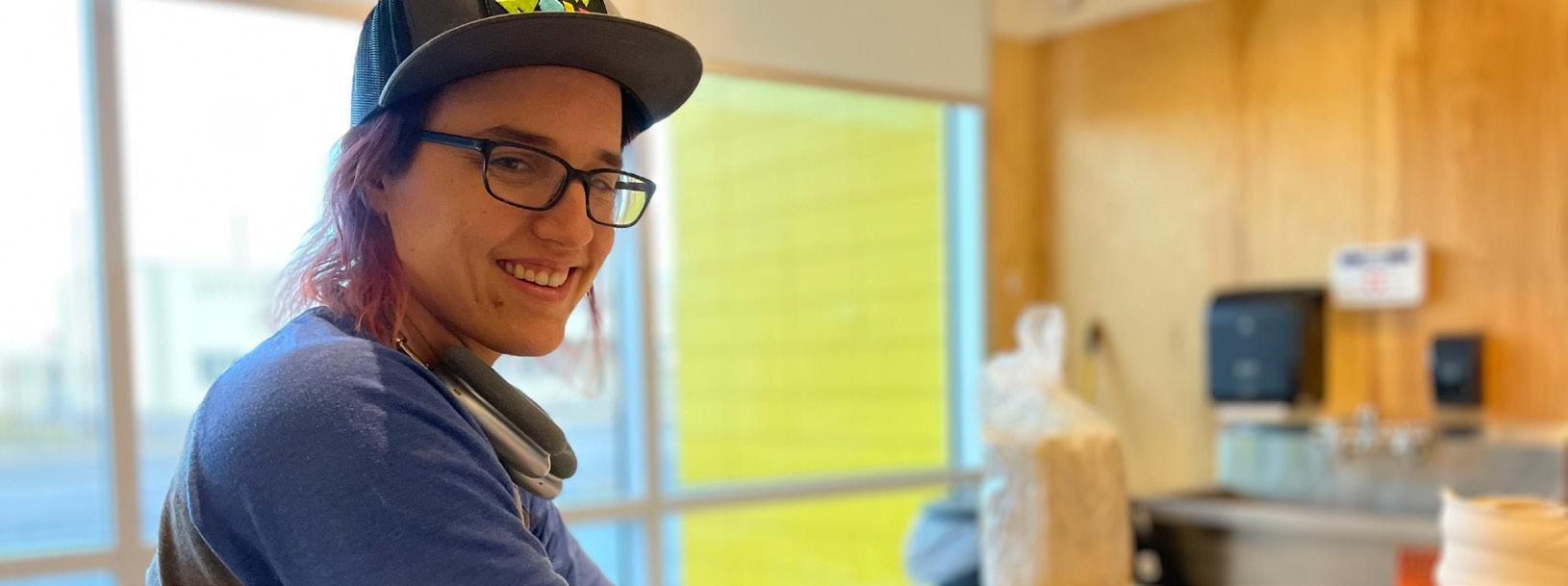
6 minute read
Creating Space for Indigiqueer Artists
When we think of queer art, we think of many things. We think of safety; our art serving as a place where we can freely express ourselves without fear of harm. We think of culture; our sacred stories are shared with each other in many mediums. We think of change; our creations demand justice, demand radical empathy, demand that perspectives be broadened. And we think of community.
Since Spectrum Center was founded in 2018, our mission has always been to create safe, intersectional, intergenerational community spaces in the Spokane area. Focus groups and surveys we conducted over the course of three years revealed that the 2SLGBTQIA+ folks in Spokane are in need of real queer community spaces: spaces that are safe, spaces that don’t center around alcohol, spaces for adults or intergenerational gatherings, spaces that are intersectional, spaces that address the needs of the global majority.
Advertisement
It was from this intent to create these spaces that our Indigiqueer (Indigenous, queer) programming began. Spectrum’s Indigiqueer programming centers Indigenous queer identities, which are rarely centered in the queer community. Our first event at The Hive featured a screening of Sweetheart Dancers, a film by Ben-Alex Dupris highlighting a Two-Spirit couple participating in the Sweetheart Dance. This event was a joyous gathering of those who celebrate about The Hive®, a non-traditional library centered around arts education

Two-Spirit identity and joy, and kicked off our series of programming that created both open, celebratory spaces like our Winter Indigiqueer Celebration, and closed cultural community spaces, like the Beading Circles and Regalia Making events.
With the Spokane Falls Two-Spirit Powwow rapidly approaching in June, we host safe, creative spaces for folks to join together in community and work on preparing their culturally-specific regalia so that they can dance in a Powwow created to uplift queer, Indigenous voices.


Our arts programming also seeks to fill other gaps in Spokane’s landscape. When we put out our first call for 2SLGBTQIA+ adults to register for our Adult Art Camp, nearly every person checked a box stating, “I am looking for community with other queer adults,” as a key reason for their participation.

Through four classes in writing, painting, photography, and zine creation, taught by professional queer artists, we aim to foster a creative, community environment for queer adults to build technical skills in a medium of their choice, confidence in expressing their artistic and personal perspectives, experience presenting work in a gallery setting, and connection to a network of queer creatives and queers supporting creatives. With this programming culminating in an Open Mic Night and gallery exhibition during Queer Art Walk, we hope to celebrate queer art and artists in community with one another.
We are so thankful to The Hive for serving as a sort of home base for much of our arts and culture programming. In our partnership with The Hive and Spokane Public Library, we have been able to create the safe, intersectional, intergenerational spaces that we usually only dream about.
If you are interested in learning more about Spectrum Center and how to donate to sustain our community building work, check out our website at www.spectrumcenterspokane. org.
Healing through Art at The Hive®
Former Artist-In-Residence Julie Smetana reflects on her residency
For six months, I was given the gift of space. As an artist-in-residence at The Hive, I had unlimited access to a gorgeous art studio. It became a creative sanctuary where I was able to explore new ideas and renew my focus and commitment to the work I love—ceramic sculpture.
Six months came and went. A lot of weird ceramic sculptures were produced. But underneath the bright colors and undulating shapes there is time and place. And this time—this place was wrought with healing, with balance, and with learning.
I didn’t know it when I started, but The Hive would become a space of great healing. Halfway through my residency, I suffered a head injury while skiing. After being hospitalized for a month and getting discharged from rehab, I felt incredibly anxious and frustrated. I was unsure I’d be able to continue on with my residency work. Although it was slow-going at first, I quickly realized how invaluable art and being at The Hive would be—not just aiding my recovery, but in accelerating it. Recovery is still a roller coaster, but I always know that art is one of the most useful tools I have to help me move forward with my life and gain perspective on my situation.
For the past 12 years, I have made a living as a digital designer. My design job requires me to spend a lot of time in front of a computer, so being able to physically craft art with my hands helps me to achieve a healthy balance between my professional and artistic endeavors. While at The Hive, I set up a corner for my design work and spent most days going back and forth between my computer and the clay. I have never had a set up like this before. Having the ability to split my time like this was incredible. The balance of hands-on work and computer work complemented each other and helped me stay motivated and focused.
The art I create teaches me so much. With clay, things never go to plan. I have a slightly masochistic desire to make ceramic work that is structurally as close to as impossible as possible, so it will often break. Is it worth trying to fix? Adjustments are constantly needed. I have to roll with what is happening as it unfolds. I have to know when to walk away. I have to let the emotions of a loss wash over me and then show up the next day ready to move forward. Most importantly, I need to revel in the beauty and absurdity of it all and remind myself over and over again to not take things so seriously—because really, it’s just dirt.
See Julie’s work on display at Central Library in June 2023.







